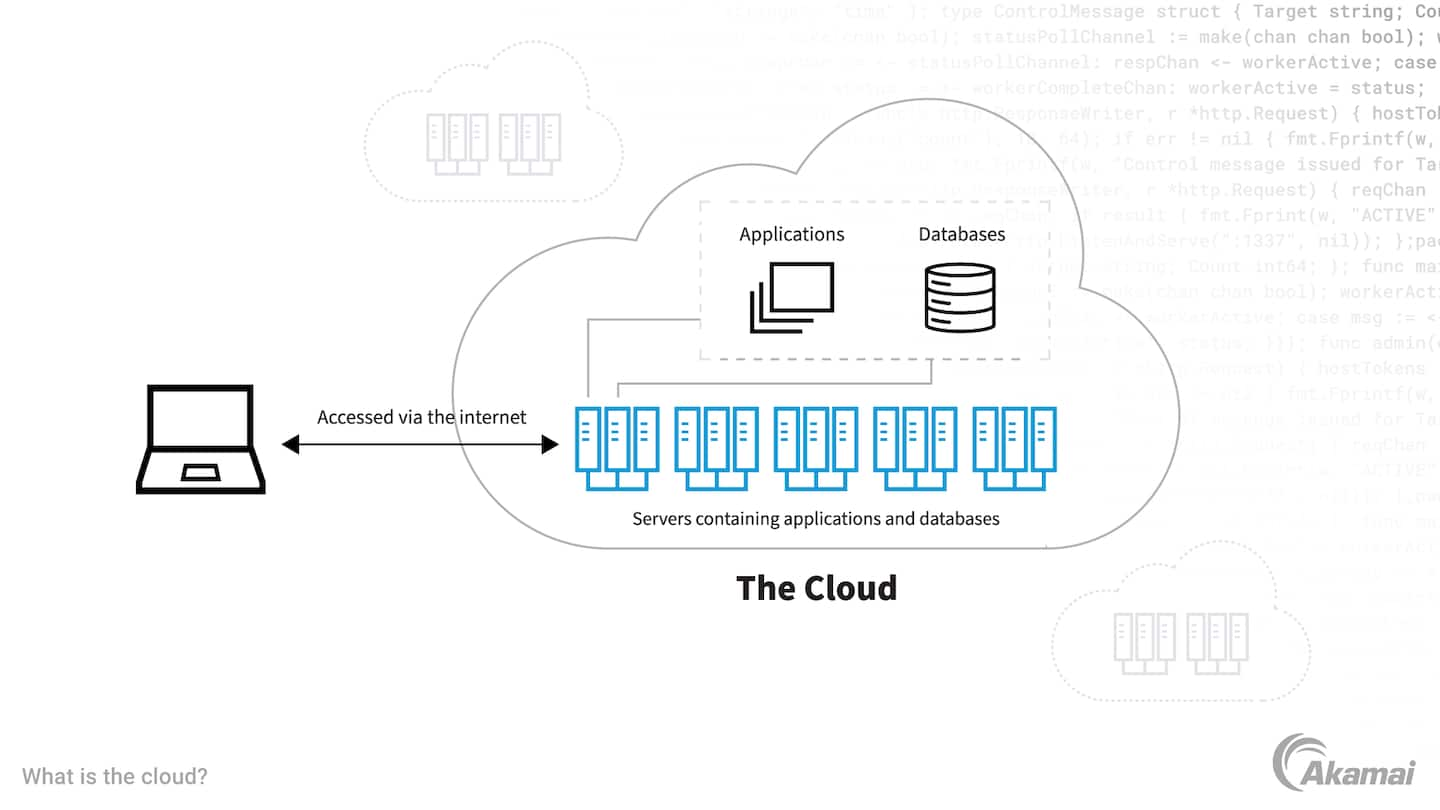Simplify Your Facilities With Cloud Solutions
As companies navigate the ever-evolving landscape of technology and information administration, the function of cloud solutions in simplifying facilities has actually become progressively popular. The allure of structured procedures, enhanced effectiveness, and enhanced source allotment via cloud remedies is obvious. The trip in the direction of an extra dexterous and cost-effective IT infrastructure entails even more than just moving to the cloud. It needs a critical technique and a deep understanding of the nuances of cloud adoption. So, how can services effectively browse this change and genuinely unlock the potential of cloud solutions for simplifying their framework?
Advantages of Cloud Services
Cloud solutions supply a streamlined technique to handling IT facilities, offering organizations with adaptability, scalability, and cost-efficiency. Among the crucial advantages of cloud services is the scalability they offer. Services can conveniently scale their resources up or down based upon need, ensuring they only spend for what they use. This flexibility is specifically beneficial for services with fluctuating requirements or those experiencing development.
Additionally, cloud solutions remove the demand for businesses to purchase costly equipment and software application. This cost-efficiency is a substantial benefit, specifically for small to medium-sized ventures seeking to lessen ahead of time expenses. By using cloud solutions, services can access top notch IT resources without the substantial price related to standard facilities setups.
Additionally, cloud services provide organizations with the flexibility to access their data and applications from anywhere with a web link. This level of access improves collaboration among teams, makes it possible for remote work, and enhances total productivity. The versatility used by cloud solutions empowers services to adapt promptly to transforming market conditions and consumer demands.
Expense Savings and Scalability
Along with the functional benefits highlighted earlier, the combination of cloud services into a firm's framework yields considerable price financial savings and boosted scalability. Cloud solutions supply a pay-as-you-go version, allowing services to scale sources up or down based on present needs, thus staying clear of the costs connected with maintaining excess ability. This flexibility allows business to adjust rapidly to changing demands without incurring unneeded costs.
Furthermore, cloud services get rid of the requirement for in advance investments in hardware and software, reducing resources expenditures. Overhead are also reduced as companies no much longer need to manage and keep physical web servers, leading to lower energy usage and IT staffing expenses. In addition, cloud services offer automatic updates and maintenance, making certain that the framework remains up-to-date and safe without needing hand-operated treatments.
Enhanced Safety Procedures
Carrying out stringent safety measures is paramount when integrating cloud services right into a company's infrastructure to make sure and secure sensitive data compliance with market policies. Cloud solution carriers use boosted safety and security functions such as information security, firewall software defense, and multi-factor verification to minimize cybersecurity threats.
In addition, normal safety audits and conformity assessments assist identify vulnerabilities and make certain adherence to industry standards. Firms can likewise benefit from attributes like automated protection updates and real-time threat surveillance supplied by cloud provider. By focusing on safety actions and remaining aggressive in resolving possible threats, companies can confidently take advantage of cloud services while securing their valuable data from unauthorized gain access to or breaches.
Transitioning to Cloud Facilities
To effectively incorporate cloud services right into a firm's facilities, a structured method that deals with the change towards cloud-based solutions is vital. Transitioning to cloud framework includes cautious planning and implementation to guarantee a smooth migration you can try here process. The primary step is to assess the existing facilities and determine which applications and systems are appropriate for movement to the other cloud. This analysis needs to consider elements such as information sensitivity, conformity requirements, and efficiency demands.
When the analysis is complete, a migration approach must be created. This method must lay out the timeline, sources, and duties for relocating each part to the cloud. It is important to communicate this plan clearly to all stakeholders to make sure positioning and decrease disruptions during the transition.
Throughout the movement screening, process and monitoring are crucial to determine and deal with any type of problems quickly. Regular checkpoints need to be developed to track progression and make needed adjustments. In addition, training for staff members on making use of cloud services should be given to ensure a successful change and make best use of the advantages of the brand-new infrastructure.
Ideal Practices for Cloud Adoption
Successful adoption of cloud solutions hinges on the strategic placement of service goals with technological abilities and organizational readiness. To guarantee a smooth change to the cloud, organizations need to start by performing a detailed assessment of their present framework and recognizing which work are best matched for cloud migration. It is crucial to involve vital stakeholders from different divisions in the decision-making process to get buy-in and address any kind of issues beforehand.
Another finest practice for cloud adoption is to focus on security and compliance. Organizations has to thoroughly review the security steps offered by cloud company and guarantee that their information is shielded according to market criteria and governing requirements. Executing durable information encryption, access controls, and regular safety audits can aid mitigate risks connected with cloud adoption.

Verdict

As companies browse the ever-evolving landscape of innovation and information monitoring, the duty of cloud services in simplifying infrastructure has actually become progressively noticeable - cloud services press release. Just how can companies successfully browse this transition and really unlock the capacity of cloud solutions for streamlining their framework?
Cloud services supply a streamlined technique to handling IT framework, providing organizations with scalability, versatility, and cost-efficiency. By using cloud services, companies can access high-grade IT resources without the hefty price tag associated with conventional framework setups.
To guarantee a smooth transition to the cloud, organizations need to begin by performing a comprehensive assessment of their existing framework and recognizing which work are best suited for cloud migration.